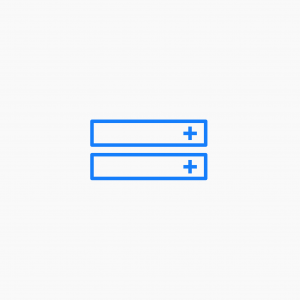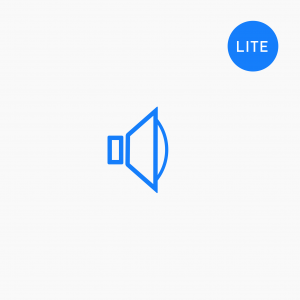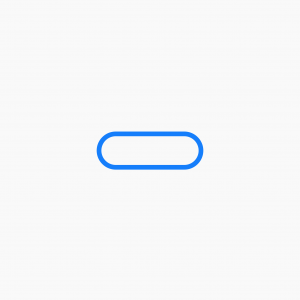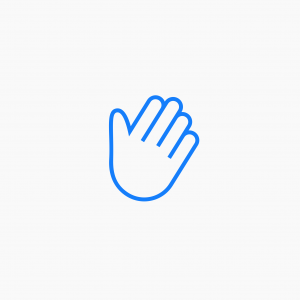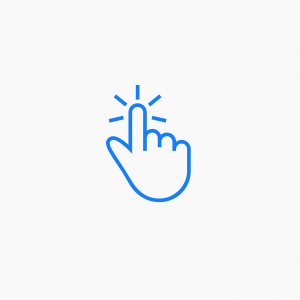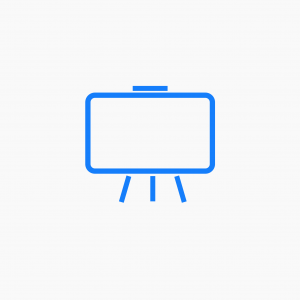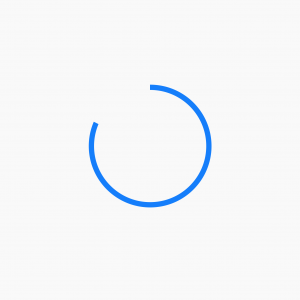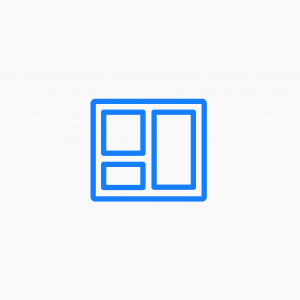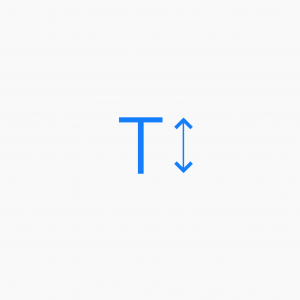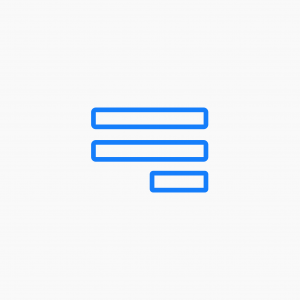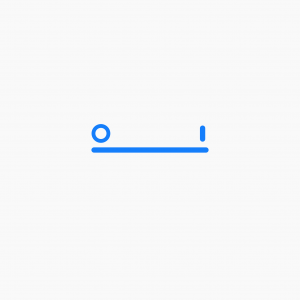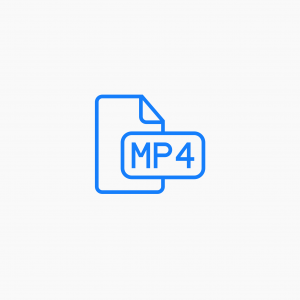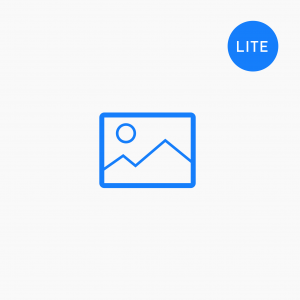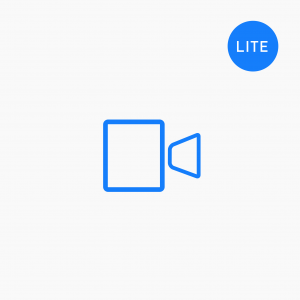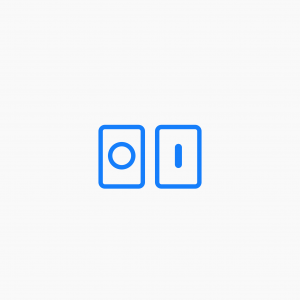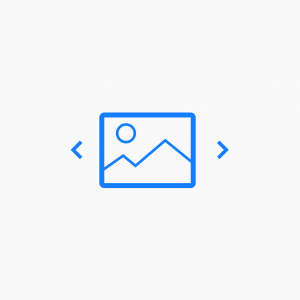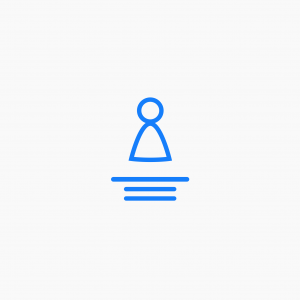Posts Carousel
Example 1
In this example, we're displaying all of our posts and limiting them to 3 per row. You can set the number of posts displayed by manipulating the post width. In order to progress to the next slide, you would need to click on the dot indicators.
Example 2
This is a gallery carousel with a hover effect. In this example we've removed the dot indicators and added the left and right arrows.
Example 3
By removing the featured image and adding in the post content, you can created a post preview block. In this example we've opted to make the post column heights equal.
Pricing Table
Example 1 The default pricing boxes with the pricing row highlighted. Item 1 $20 per Onth Feature 1 Feature 2 Feature 3 Get Started Item 2 $35 per month Feature 1 Feature 2 Feature 3 Get Started Example 2 In this example, we’re placing more emphasis on item 2. Item 1 $20 per month…
Read MoreSocial Buttons
Example 1 This example shows the default display of all of the social buttons – Facebook, Twitter and Google+. Other than limiting which buttons are displayed there are no other settings to adjust.
Read MoreContent Slider
Example 1 This is the default image slider set to show only images as slide backgrounds. If your images have different height dimensions, the slider will automatically crop them to the slider height size. Example 2 This example shows the content slider headline and text followed by a call to action button and a right…
Read MoreTabs
Example 1 The default tab container shows the tab title with the active tab coloured grey. Tab 1 Tab 2 Tab 3 Tab 1 Tab one content Lorem ipsum is a pseudo-Latin text used in web design, typography, layout, and printing in place of English to emphasise design elements over content. It’s also called placeholder…
Read MoreButton
Example 1 A standard solid button with a 4x rounded corner. This button has a transition animation that initiates when the user hovers over the button. The button width is set to auto. CLICK ME Example 2 This is the same button but we’ve set the width to 200px. CLICK ME Example 3 A full width…
Read MorePosts
Example 1 Here we have set up 3 posts with title, author and date displayed. Example 2 This examples shows posts as a gallery with information displayed on hover. Example 3 This examples uses a masonry grid format to display the posts with an excerpt. Example 4 This example uses the feed format with featured images to…
Read MoreText Editor
Example 1 In this example, we’re using the text editor to place paragraph text and headlines. Lorem Ipsum Lorem Ipsum Lorem Ipsum Lorem Ipsum Lorem Ipsum Lorem Ipsum Lorem ipsum dolor sit amet, consectetur adipiscing elit. Donec vehicula felis ut purus porta, nec fringilla tellus varius. Suspendisse potenti. Nunc pharetra nibh neque, in egestas lorem…
Read MoreTestimonials
Example 1 In this example we’re showing a slider of testimonials with a customised header. Awesome feedback from our customers What an awesome experience this has been. Our day out hot air ballooning will never be forgotten! We’ll always cherish our night-time hot air balloon experience! Thank you team for a wonderful time. Example 2…
Read MoreNumber Counter
Example 1 A simple percentage counter… Go 100% End Example 2 Add prefix and suffix text to your counter. This example is showing a count up to 100 timed over 100 seconds. Count up to 100 Start –100– End Over 100 seconds Example 3 Add a circular indicator and slow down the counter to represent,…
Read More
